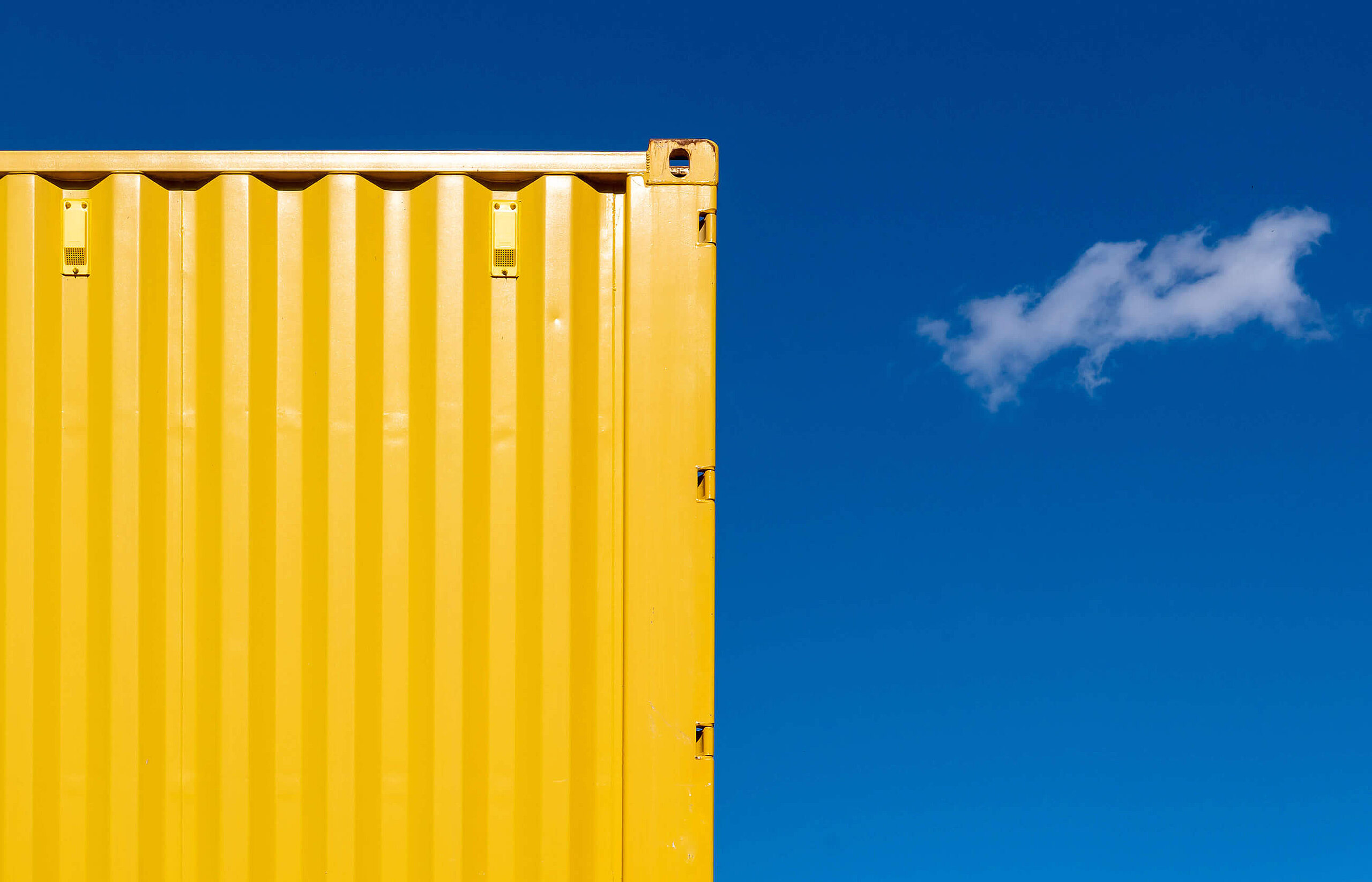

Solar Ballast Systems
What is a Solar Ballast System?
A solar ballast system is a method used to secure photovoltaic (PV) installations and scaffolding against environmental forces, such as wind uplift. To keep the structure firmly in place, it is weighted down with ballast, which consists of various materials that provide stability through their weight, without penetrating the roof membrane or requiring the construction of foundations.
Table of Content
Materials for Solar Ballast Systems
There are several materials and methods that can be used in solar ballast systems. The most common options include:
- Concrete Blocks: These are durable and widely used in solar ballast systems. They offer significant mass and are relatively cost-effective.
- Steel Weights: More compact than concrete blocks, though generally more expensive.
- Gravel: Often used in specially designed containers, gravel in solar ballast systems adapts flexibly to ground conditions.
- Water Bags: Flexible and easy to transport, water bags can be filled on-site and are particularly suitable for temporary installations in solar ballast systems.
- Sandbags: Similar to water bags, sandbags offer flexibility and are easy to handle and position in solar ballast systems.
Mounting Elements for Solar Ballast Systems
In the Krannich webshop, we offer several mounting elements to complement a K2 substructure as part of a solar ballast system:
- SpeedPorter for ballasting K2 Dome Systems in solar ballast systems
- Porter of different lengths for Dome 6 Systems in solar ballast systems
Determining the Right Amount of Ballast
The required ballast for a solar ballast system does not depend on individual solar panels but rather on the entire system and specific environmental factors:
- Size and Weight of Solar Modules: Larger solar modules typically require more ballast because they present more surface area to the wind. Heavier modules contribute more to the ballast themselves, reducing the need for additional weights.
- Tilt Angle of the Modules: The greater the tilt angle, the more surface area the modules present to the wind, which may increase the ballast required in the solar ballast system.
- Snow and Wind Loads: In regions with strong winds or heavy snow, more ballast is needed to secure the solar system.
- Mounting Systems: The type and design of the mounting system influence the amount and placement of ballast in the solar ballast system.
- Building Height: Wind speeds increase with building height, so taller buildings may require heavier ballast in their solar ballast systems.
Calculating the Required Ballast for a Solar System
When calculating the required ballast for a solar ballast system, all the mentioned factors are considered, as well as the distance of the PV system from the roof edge. This calculation cannot be done with a simple formula or a calculator. The easiest way to determine the correct ballast is by using a planning tool:
- K2 Base assists in planning the substructure as well as the entire PV system. The data can be transferred to other planning tools from various manufacturers, making it a versatile tool for solar ballast systems. The material list can also be conveniently transferred to our shop as a shopping cart.
- Under Design Tools, you will find all the current planning tools from various manufacturers in our portfolio, useful for optimizing solar ballast systems.
Ballast Systems for Balcony Power Plants
Balcony power plants, which are small, decentralized solar systems installed on balconies, require specialized solar ballast systems. Due to their location and often limited space, special measures are necessary, and standard solutions are often not available:
- Compact Ballast Solutions: Smaller weights, such as sandbags or special concrete slabs, that can be attached to balcony railings as part of a solar ballast system.
- Safety Precautions: Since balcony power plants are often located on higher floors, it is important to secure the ballast in such a way that it poses no danger to people below.
- Aesthetics and Space Requirements: The ballast system should not only be functional but also aesthetically pleasing and space-saving to maintain living comfort.
The exact setup of a solar ballast system for a balcony power plant should be discussed between tenants and property owners, and between owners and the homeowners' association.
Conclusion
Solar ballast systems secure solar power plants and scaffolding against displacement by wind and weather. Proper safety in a solar ballast system can only be achieved if the choice of ballast materials and the calculation of the required loads are correct. Planning tools should definitely be used for this purpose. Whether it's large commercial installations or small balcony power plants, if the solar ballast system is properly implemented, the structure will stay securely in place.